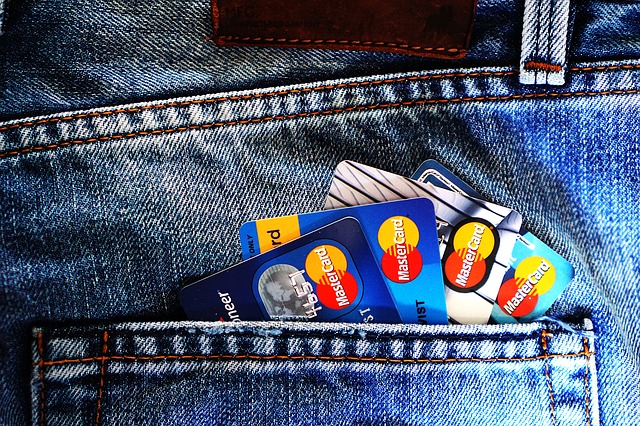How Credit Card Interest Is Calculated

If you’re going to stay ahead of a game, you must first understand how it’s played. One of the most difficult to master is the credit card game and a big part of getting it is figuring out how credit card interest is calculated.
You probably know you card’s APR (annual percentage rate) because it’s posted right there on your statement. It should also have been disclosed when you signed up for the card. Then again, it’s not as cut and dried as that number would lead you to believe. Other factors come into play.
Daily Periodic Rate
While all of the literature quotes an APR, credit card interest is actually calculated on a daily basis.
In most cases, you can find your DPR (daily periodic rate a.k.a. periodic interest rate) by dividing your APR by 365 (the number of days in a year). However, some issuers use 360 days rather than 365 so check your agreement to find out what yours does.
To make the math easier, let’s say your issuer uses 360 days and your APR is 10 percent. Divide 10 percent by 360 and you’ll get a DPR of .027 percent.
Average Daily Balance
Your balance can vary significantly over the course of a month as you use the card to make purchases and as payments are applied to the account. To allow for this, card companies average your balance over a given period of time. This is known as your billing period.
While it typically covers a month, it isn’t always based on a 30-day cycle. You’ll need to check the terms of your agreement to determine the exact number of days in your billing period in order to calculate this accurately. But let’s say yours is 30 days.
Let’s also say you go into the billing period with a balance of $1,000. Then, 15 days in you make another charge of $500. This gives you a balance of $1,500 at the end of the period.
To determine your total interest charges, the issuer will multiply each balance by the number of days it was carried (in this case 15 days each), combining them, and dividing the total by the number of days in the period (let’s say 30).
Applying the Math
OK, so you have an APR of 10 percent, a DPR of .027 percent, a $1000 balance for the first 15 days and $500 for the second 15 days of the 30-day period.
Here’s the applied algorithm:
(1000 x 15) + (1500 x 15) = 22,500
37,500/30 = 1,250 (the average daily balance)
1,250 x .027 x 30 = 10.12
Based upon that math, your interest charge for the month will be $10.12.

Compound Interest + Minimum Payments = Higher Balance
Based on the calculations above, you incurred an interest charge of $10.12 on your unpaid balance of $1,500 for that period. The $10.12 is then added to your $1,500 balance to give you a total due of $1,510.12 going into the following period.
Now, let’s say your minimum payment is $25.00 and rather than paying the balance off in full (because very few people do) you make the minimum payment. This takes you into the succeeding period owing $1,485.12—and the cycle starts all over again.
In other words, your balance was $1500, you made a payment of $25, but rather than starting the next month off with a balance of $1,475, you owe $1,485.12. The interest is added to the principal, so you will then be charged interest on the interest and your balance will grow again.
This is why minimum payments are set so low.
How It Gets Out of Hand
If you keep making minimum payments—and continue using the card—you’ll find yourself in an infinite loop of paying until the card hits its limit.
Then, under the terms of most cards, you’ll be charged a fee for every period the card is maxed out; which gets added to the balance—to which interest is also applied.
If you miss payments, you’ll incur additional fees and, in most cases,, your interest rate will be increased—all of which also gets added to the principal upon which interest is calculated again.
And so on, and so on, and so on—
What’s more, interest rates can vary according to the Prime Rate. Cash advances incur an even higher interest rate and balance transfers can add fees as well.
All of this can really get out of hand if you’re not careful about paying more than the minimum, or (even better) paying your balance in full each month.
What If It Already Has?
It’s easy to see how people can wind up in trouble when you understand how credit card interest is calculated. The good news is a debt settlement firm like Freedom Debt Relief can usually negotiate terms to make your accounts easier to settle in a timelier fashion and at lesser expense. To find a solid partner, look for information like these Freedom Debt Relief reviews to find an effective company with which to work. After enrolling in a debt settlement program, companies like Consolidation Plus may contact you and invite you to take out a loan that could help you accelerate your debt settlement program even more.
By following the above tips, you can determine the best financial moves to help improve (or at least not hurt) you credit. Best of luck!

